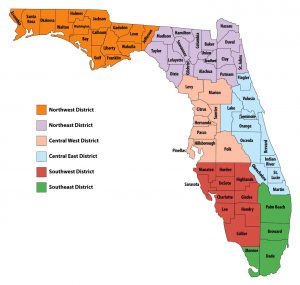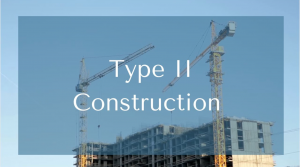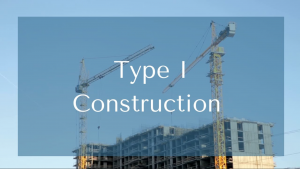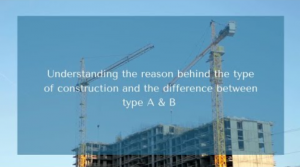
Find the municipality/jurisdiction you are in !!
In this blog, we want to share with you the first step of the permitting process. You need to find out under which building department your permit will be regulated; many times you assume it must be in “my county” but each county can have many smaller building departments within its area. This is extremely important as it will determine the requirements that apply to your project and the paperwork you have to fill out. Most jurisdiction have their own applications and they won’t accept anything other than theirs.






